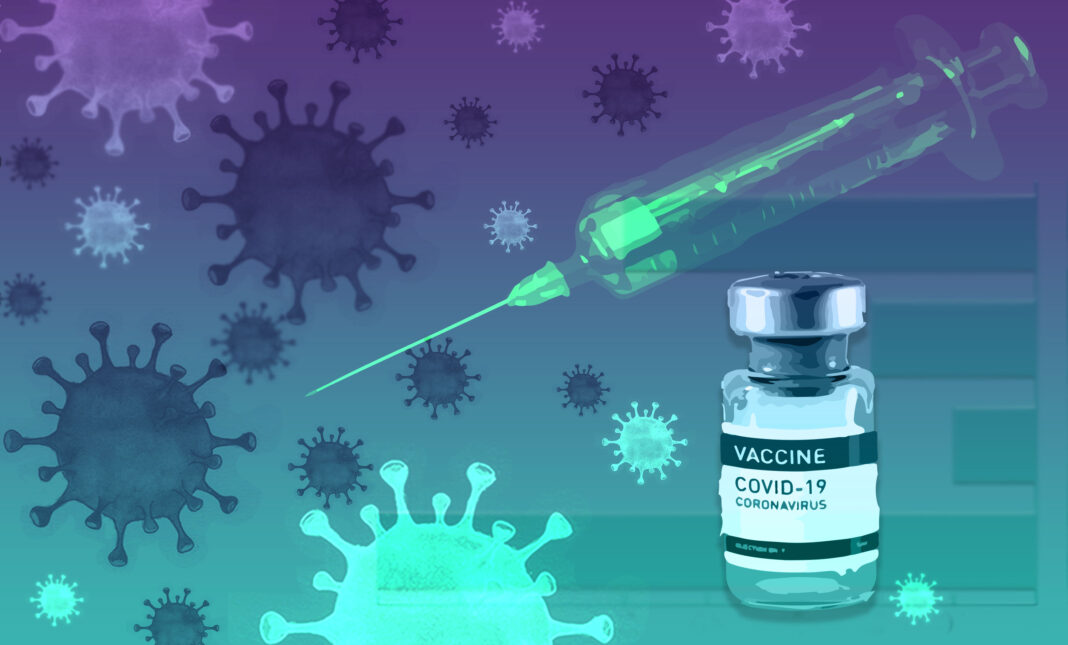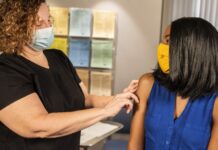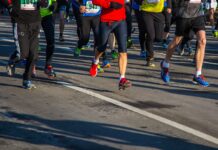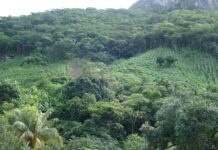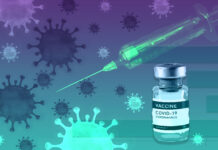Surveys are identified as a fundamental instrument for gaining knowledge of public judgment and actions. Moreover, the precision of surveys largely hinges on upholding representational characteristics of the study populations by curtailing prejudices and partialities from different sources.
Since the outbreak of the Coronavirus disease 2019 (COVID-19), researchers have conducted numerous surveys to determine the prospective acceptance rates and influences that manipulate the reception of a COVID-19 vaccine worldwide.
In the U.S., the Centers for Disease Control and Prevention accumulates facts and figures on vaccine acceptance among the inhabitants. However, the preparation of reports based on these data can be postponed from time to time. A gap in real-time information can be addressed by conducting surveys that determine the approaches and actions towards COVID-19 vaccines. Clinicians are of the view that such surveys can enlighten government reactions to the widespread disease.
Political scientists and statisticians from Oxford, Harvard, and Stanford universities believe that cumulative data size reduces confidence intervals (i.e., range of estimates that a value will fall between), but it expands the consequence of survey bias. This has been identified as an example of the big data paradox, which states that large biased samples generate twice as many deceptive results.
In a study recently published on Nature, Bradley and collaborators established this paradox while evaluating the uptake of first-dose COVID-19 vaccines in adults in the U.S. through two surveys, namely Census Household Pulse (roughly 75,000 every two weeks) and Delphi–Facebook (roughly 250,000 responses per week). By May 2021, the Delphi–Facebook survey and Census Household Pulse overvalued vaccine acceptance by 17 and 14 percentage points, respectively. This was in stark contrast to a point of reference from the Centers for Disease Control and Prevention. On the other hand, an online board of Axios–Ipsos with nearly 1,000 answers each week after survey examination best practices delivered dependable approximations and indecision.
One of the authors, Xiao-Li Meng at Harvard University identified the big data paradox in a previous study in polling during the presidential voting of 2016. The censuses were well-known for forecasting a victory for Hillary Clinton; however, they were twisted by “non-response bias,” which referred to the inclination of Trump supporters to refuse to answer or describe themselves as “unsure.”
Misleading results of COVID-19 vaccine-related surveys can be dangerous for the most part, with medical activities being heavily centered on them. The head of a state with 70 percent of people being immunized against COVID-19, according to surveys, might remove stringent public health regulations. If the real vaccination rates are less by 17 percentage points, this government action could cause a sudden upsurge in COVID-19 cases and an increase in COVID-19-related deaths.
It is a well-known fact that the correctness of surveys is an outcome of both data quality and quantity, whereas the latter has been in the public eye in current times. This is because the arrival of technologies has intensely improved our capability to accumulate and analyze enormous data sets. “The imbalance should put investigators on guard,” said Shiro Kuriwaki, one of the authors of this article.
The Delphi-Facebook survey was based on information acquired from day-to-day users of the social media site. However, it failed to take into consideration aspects, such as race, ethnicity, and education attainment. In contrast, the Census Bureau study amended these factors. Nonetheless, neither survey collected information on the narrow-mindedness or prejudice of the respondents. This factor may have affected vaccine acceptance. The researchers expect that this study emphasizes the consequences of the big data paradox, which causes overconfidence in inappropriate extrapolations.
References
- Bradley, V.C., Kuriwaki, S., Isakov, M. et al. (2021). Unrepresentative big surveys significantly overestimated US vaccine uptake. Nature. https://doi.org/10.1038/s41586-021-04198-4
- Lazarus, J. V., Ratzan, S. C., Palayew, A., Gostin, L. O., Larson, H. J., Rabin, K., … & El-Mohandes, A. (2021). A global survey of potential acceptance of a COVID-19 vaccine. Nature medicine, 27(2), 225-228. https://doi.org/10.1038/s41591-020-1124-9
- American Association for Public Opinion Research (AAPOR). Margin of sampling error/ credibility interval. https://www.aapor.org/Education-Resources/ Election-Polling-Resources/Margin-of-Sampling-Error-Credibility-Interval.aspx (2021).
- Meng, X. L. (2018). Statistical paradises and paradoxes in big data (I): Law of large populations, big data paradox, and the 2016 US presidential election. The Annals of Applied Statistics, 12(2), 685-726. DOI: 10.1214/18-AOAS1161SF
- Reinhart, A., Kim, E., Garcia, A. & LaRocca, S. Using the COVID-19 Symptom Survey to track vaccination uptake and sentiment in the United States. CMU Delphi Group https://delphi.cmu.edu/blog/2021/01/28/using-the-covid-19-symptom-survey-to-trackvaccination-uptake-and-sentiment-in-the-united-states (2021).
- Fields, J., Hunter-Childs, J., Tersine, A., Sisson, J., Parker, E., Velkoff, V., … & Shin, H. (2020). Design and operation of the 2020 Household Pulse Survey. US Census Bureau.
- Jackson, C., Newall, M. & Yi, J. Axios Ipsos Coronavirus Index (2021).
Featured illustration by Sofía Polkownuk
